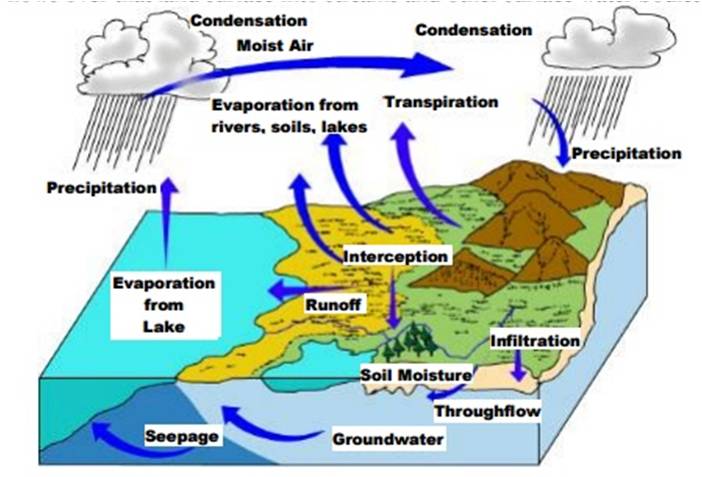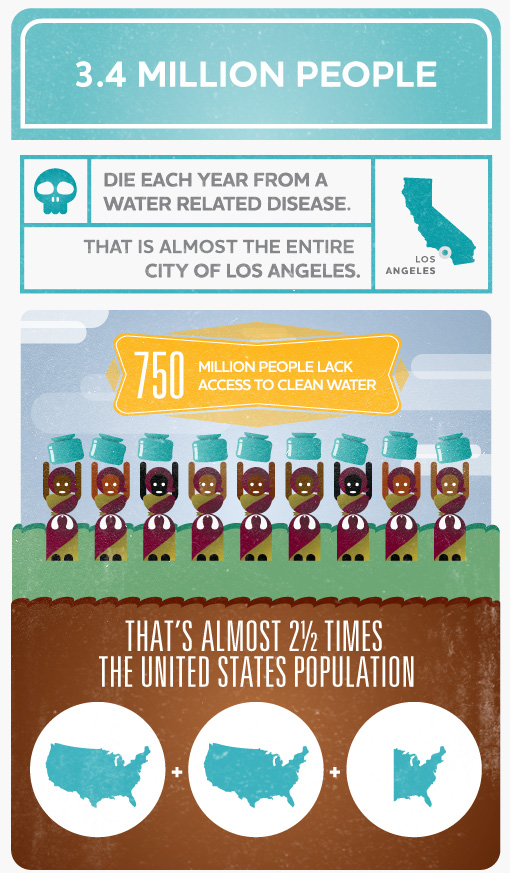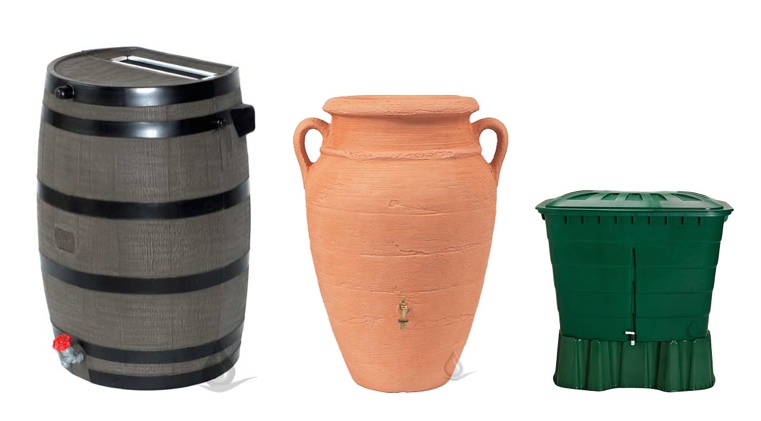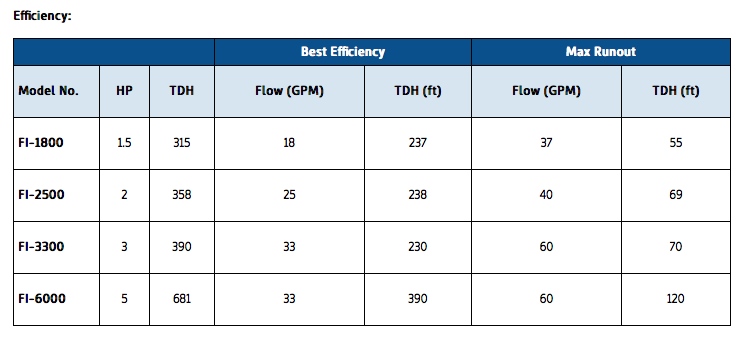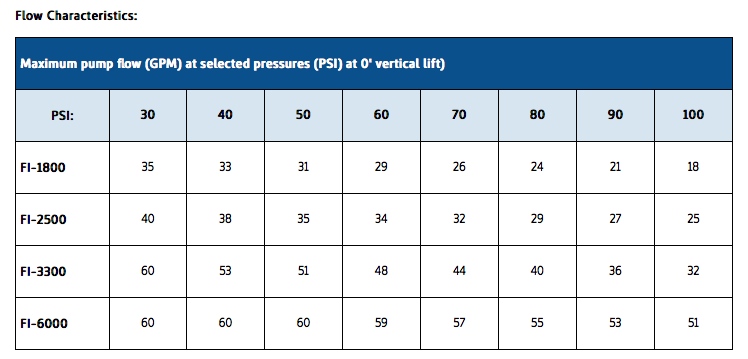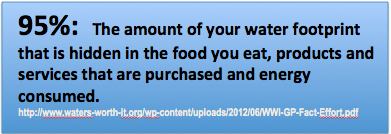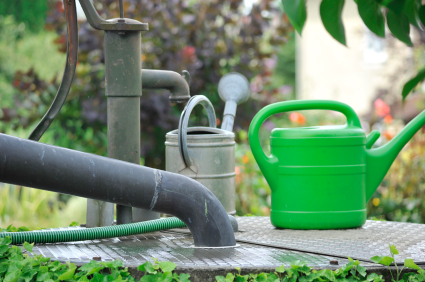Stormwater mitigation. It’s something we are passionate about here at RainHarvest Systems. But do you know why? You may hear the words ‘stormwater runoff’ or ‘stormwater erosion’ in the news or come across them on our website, but do you know what they mean? We believe that stormwater runoff and stormwater erosion are becoming a big issue for our environment. But, the good news is that stormwater mitigation is a great way to help solve this potentially devastating problem.
In natural landscapes, rain is almost always a good thing. It waters the foliage, offers wildlife relief from the heat in the summer, and helps rivers and lakes maintain healthy levels. In areas with plenty of tree coverage, the canopy captures and stores rainfall, then releases it back into the atmosphere via evapotranspiration. On the ground, plants, tree roots, and leaf coverage promote an environment that allows for slow infiltration back into the soil. From there, the water makes its way back into our groundwater supply. By working together, the natural landscape and the rain create a healthy environment. Consider this graphic of the natural hydrologic cycle:
[Photo Source]
But what happens when you remove the trees and soil from the picture? When paved surfaces make up more of the ground cover than natural elements, the equation is thrown out of balance and there becomes an unnatural amount of stormwater runoff. Consider this graphic with several surface scenarios:
[Photo Source]
The amount of runoff drastically increases as the percentage of impervious surface area increases, with the amount of water naturally cycled into the environment drastically decreasing at the same time.
Stormwater runoff is water that originates during precipitation events, such as rain or snowmelt. When water is no longer filtered by trees and soil, it quickly accumulates on paved surfaces and either causes flooding or runoff. This runoff can pick up debris, chemicals, bacteria, sediment, and other pollutants as it travels from the paved ground and into the storm sewer system. From there, stormwater is discharged untreated into the bodies of water that we use for swimming, fishing, and drinking water.
Notice from the graphic the amount of runoff for natural ground cover (10%) verses runoff for 75-100% impervious surface (55%). Studies have shown that as the amount of impervious surface area increases, stream health in the same geographical area decreases. Stormwater runoff contributes to water pollution and is the top cause of stream impairment. And with 45% more water moving, our streams and rivers face an accelerated rate of erosion, endangering the habitat of the species that dwell in them.
Stormwater runoff is bad news for our environment. Given enough time and money, debris and pollutants can be removed or filtered from the bodies of water around us. However, neither species nor habitats can be re-created once they are destroyed. In Part II of this series, we are going to look at a few real examples of the affects of stormwater runoff and stormwater erosion. And finally, in Part III, we’ll look at some good news for a change, by discussing the ways that stormwater mitigation can help this issue. By working together in rain harvesting, rain can always a good thing.

